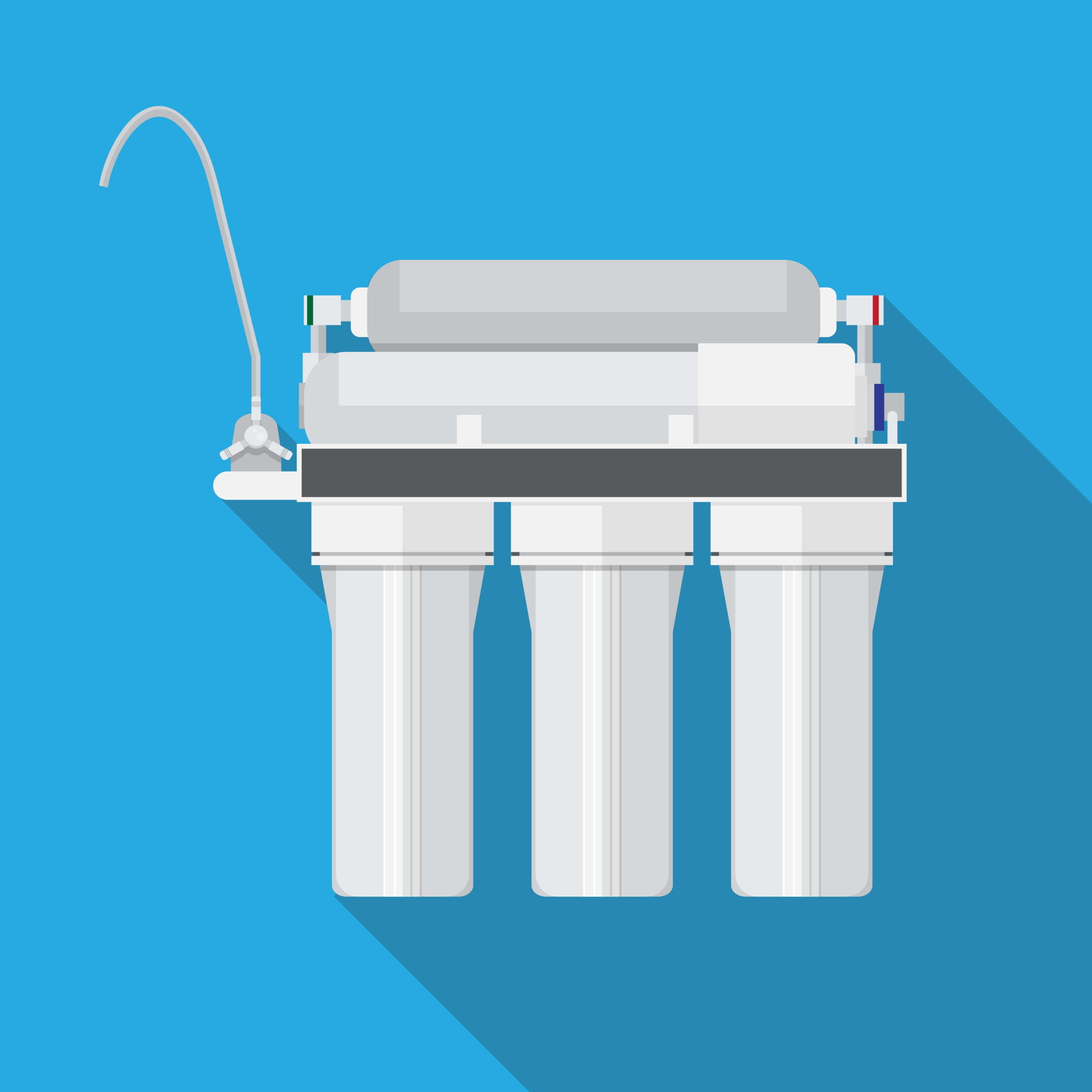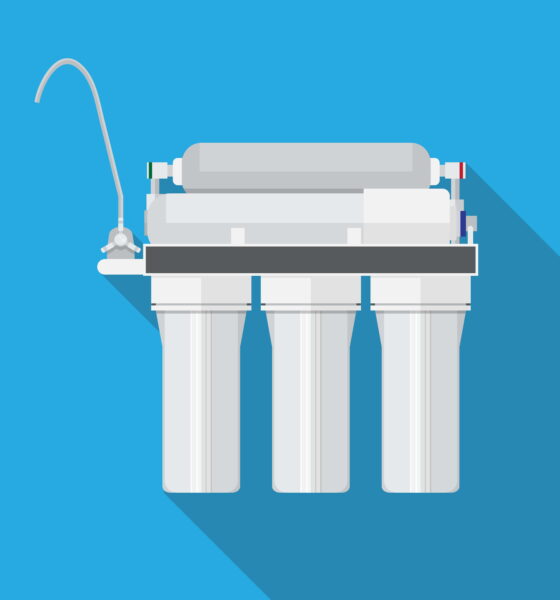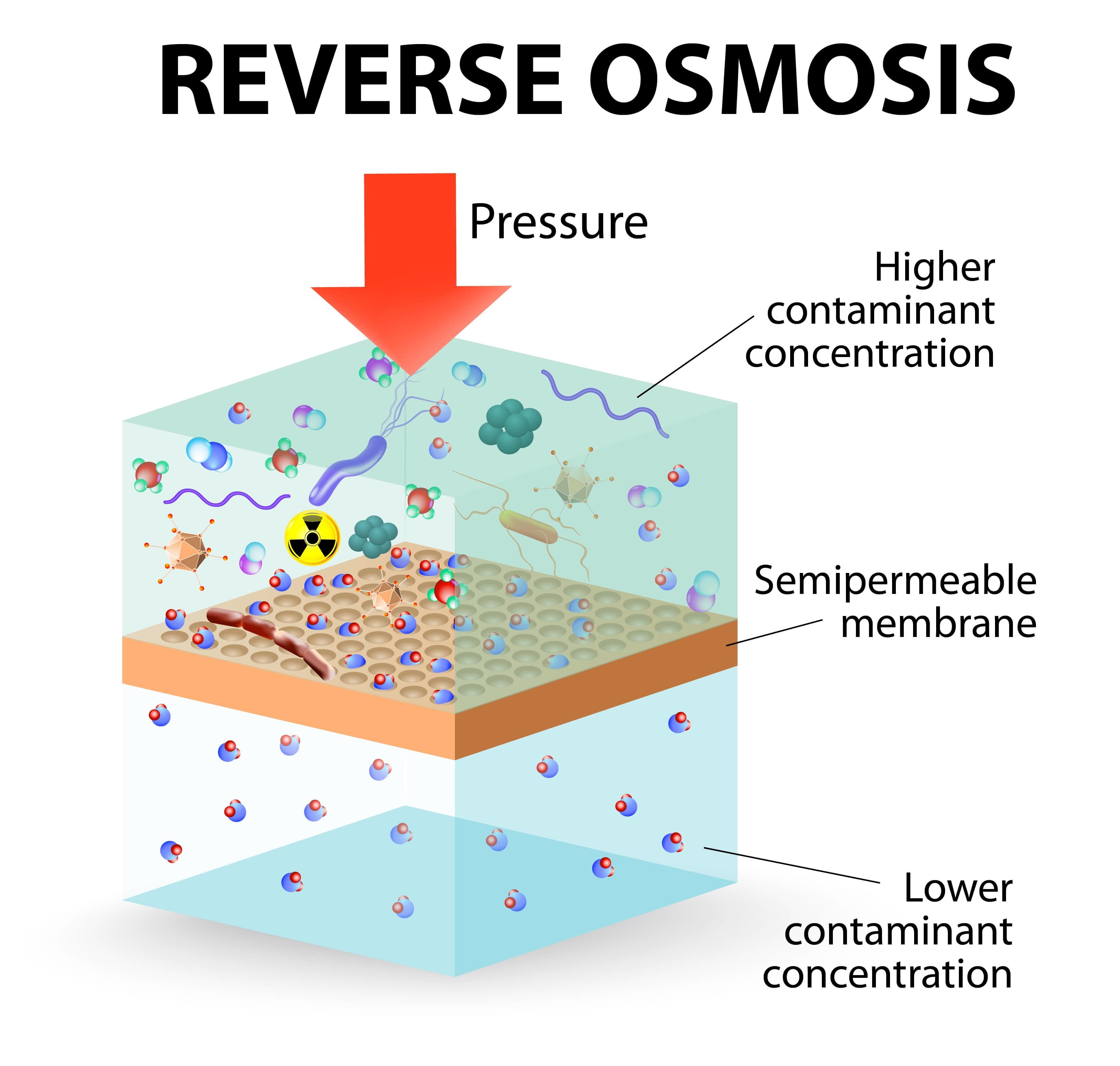

Editors Choice
5 Ways to Use Reverse Osmosis for Green Living
Reverse Osmosis is no longer a mystery. Its importance is not a riddle anymore. We have all been well aware of the endless benefits and long-term of consuming RO purified water. Reverse Osmosis is a very simple yet equally effective process of pushing water through special membranes to filter out minuscule imperfections and impurities. The membranes use pressure to dispel contaminations and unwanted minerals and foreign material.
As a technology, Reverse Osmosis has been well-spread throughout the world. It is a well-adopted system in maximum countries. From developed to developing countries, it has been a must-have in every household.
So, what is this magic of the RO? What are its benefits? What are the many ways it makes us healthier, stronger and better-off in the long-run?
Clears Contaminants
The central forte of an RO system is its filtration of foreign bodies and pollutants. This encompasses primarily non-living metallic waste such as arsenic & lead, or even zinc remnants. While other parasitic remnants are also purged through specific membranes. This makes sure that no disease outbreaks or parasitic contractions are caused. This makes it a must for people having medical sensitivities or immunity deficiencies.
This makes it a prudent choice to install an RO purifier. It safeguards you and your family from contracting any disease outbreak or illness. While also boosting overall health by eliminating minute unwanted particles.
One factor to consider though would be that Reverse Osmosis also cleanse the water of actual beneficial minerals. And on top of that, they even rid the healthy salts. This may cause deficiencies in your water devoid of many ingredients usually benefiting to our body. The fact remains, our body is not solely dependent on water for the mentioned salts and minerals, or any other source for that matter. Since they are not vital nutrients for our functioning after all. Therefore, it is not something critically threatening. At worst, it will lead to minor imbalances of fluid composition, and electrolysis concentration deficiencies.

Shutterstock Licensed Image – By Designua
Improves Taste
Even though it is a subjective matter, Water purified by Reverse Osmosis always trumps over untreated water any day. This simple output is due to the systematic removal of unwanted foul-smelling dirt and/or related dust and debris.
Cleanliness is key to healthy tasting water, and it is exactly the strength of Reverse Osmosis. Once all impurities and dirt are cleared away, it’s going to taste purer than ever, that is only logical. Clean water is fresher and neater.
But one point to keep in mind would be. That this purified fresher water may not suit a small number of people, those with specific tastes. And for those whose body is beyond habitual to the residual salts present in non-purified water, this may cause some serious distress, trouble, and imbalance etc.
Luckily though, many filtration processes can be optional and opted out of. You can also experiment with different combinations to find the best balance of taste.
Different Levels of Purification
Continuing onwards from the previous point. The average Reverse Osmosis system has 7 stages of filtration. Even with all systems being structured differently, the usual path to follow is increasing levels of magnification through every stage. Each level blocks out finer and finer particles.
Each layer has different jobs, and they are locally specialized. Intensive pressure pushes water through ever so tinier filtration pores to make cleanse it from any suspended particles, however minuscule they be.
The usual filtration filters are Carbon filters, Chlorine and Silt removing layers, and electively UV or Chemical filters. The first filter deals with the relatively big dust, dirt and grimy impurities. Chlorine filters remove chemicals used at purification centers. Then the Carbon filter does away with bad-tastes and foul-minerals. The UV filters at the end act on the ultra-tiny microscope bacteria, and even viruses. These stages are the central tenets of Reverse Osmosis.
How RO Helps to Make Surrounding More Greener
Now with all the benefits of RO behind us, how exactly does it help make the planet Greener? The secret lies in the effective re-use of dispelled RO ‘waste’ water. Here are all the ways in which you can contribute to nature’s conservation with water re-use.
- Watering Plants
This one’s a no-brainer. We are all well aware of how our thirsty little plants can thrive on all sorts of discarded water. Same goes for the by-product RO water. You can water your gardens, samplings, potted plants, Anything really.
- Household Chores
We don’t really need ultra-pure water for doing the dishes, do we? Household chores like dishwashing, washing clothes, mopping, sweeping etc. are all water intensive. But the best part is how they mainly rely on the soaps and detergent for cleaning and not the quality of water. So, you can reserve your so-called ‘waste’ RO water flow for these purposes.
- Toilets and Washrooms
You can manually redirect a bucket-load of your RO’s discharge straight into your Toilet-seat’s water-tank, we don’t need potable water for flushing our bodily wastes. Many households even connect their RO’s water-output to their Toilet’s input. Thus, greatly cutting down on their total water consumption.
- Carwash
Fresh new water for washing your car with a hose, is nothing less than a crime in these times of ever-increasing water scarcity. You can store away the dispelled RO water down in bucket or storage-tank and take it out the next time you’re going to wash off your car. If you suspect the water to be too saturated with chemicals and unfit to mix with detergent, then you can always quickly add some tap-water to balance the concentration.
- Laundry
This is a new trend to place RO systems right next to the washing machine. Connecting the former’s outlet, with the latter’s inlet. Preventing a tong of water simply to wash dirty clothing anyway. It also saves up on a lot of time and effort, which is as efficient as it gets.
RO’s are indubitably a great boon to our world. And in the 21st century of technology, we also need to keep the nature’s conservation in mind. Luckily for us, Reverse Osmosis checks both criteria, highly technologically advanced, and eco-friendly.


 Environment10 months ago
Environment10 months agoAre Polymer Banknotes: an Eco-Friendly Trend or a Groundswell?

 Environment11 months ago
Environment11 months agoEco-Friendly Home Improvements: Top 7 Upgrades for 2025

 Features8 months ago
Features8 months agoEco-Friendly Cryptocurrencies: Sustainable Investment Choices

 Features10 months ago
Features10 months agoEco-Friendly Crypto Traders Must Find the Right Exchange





















